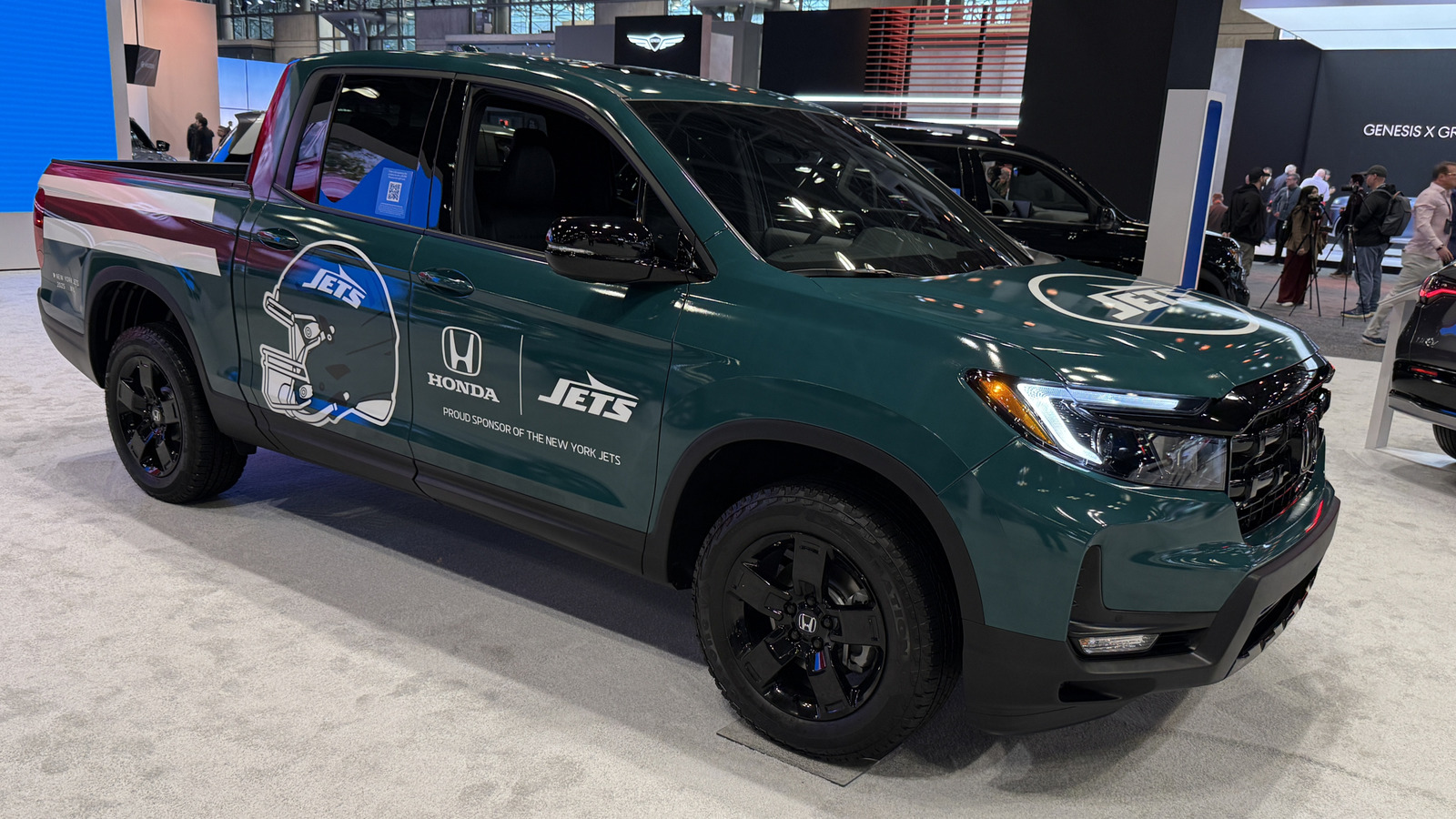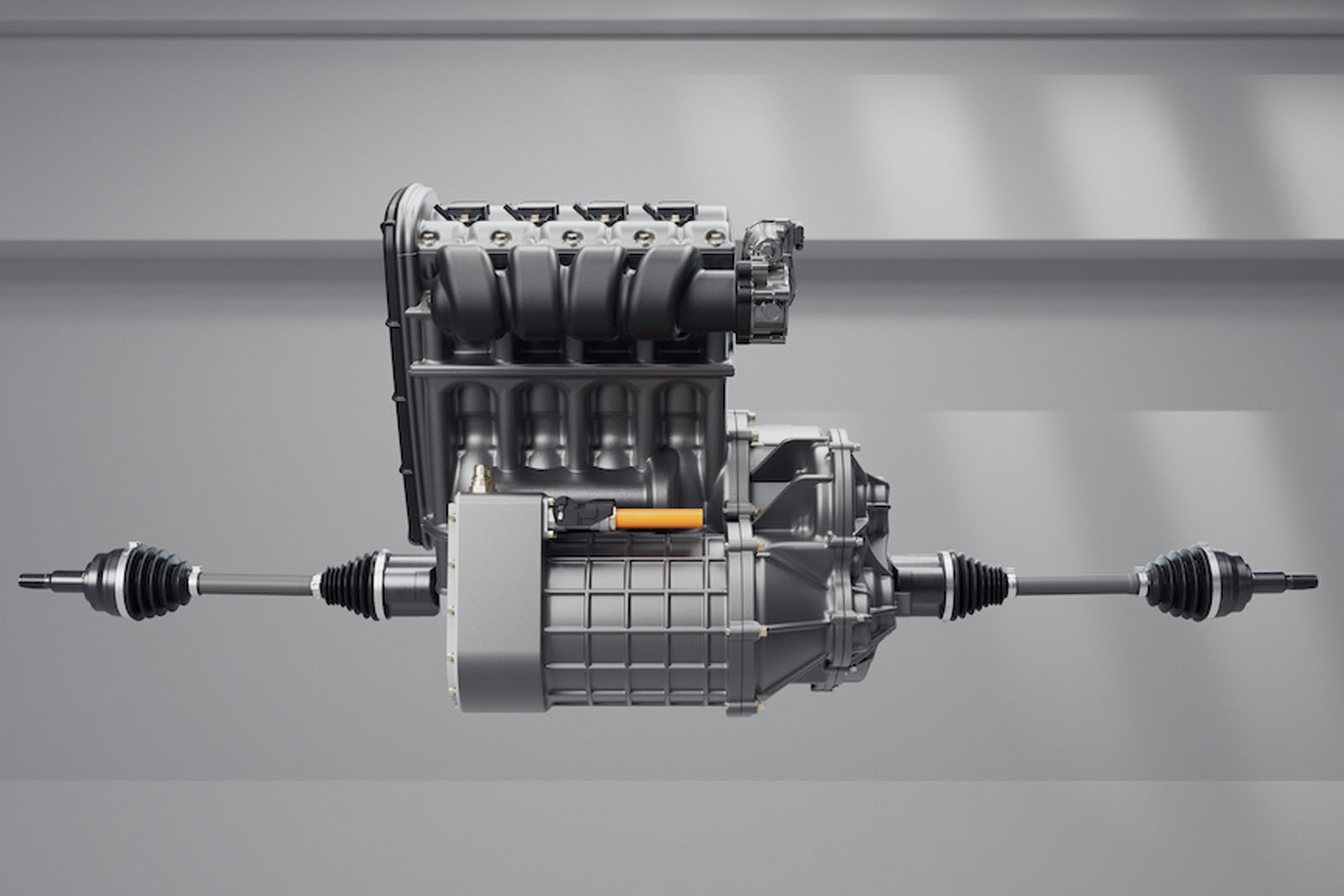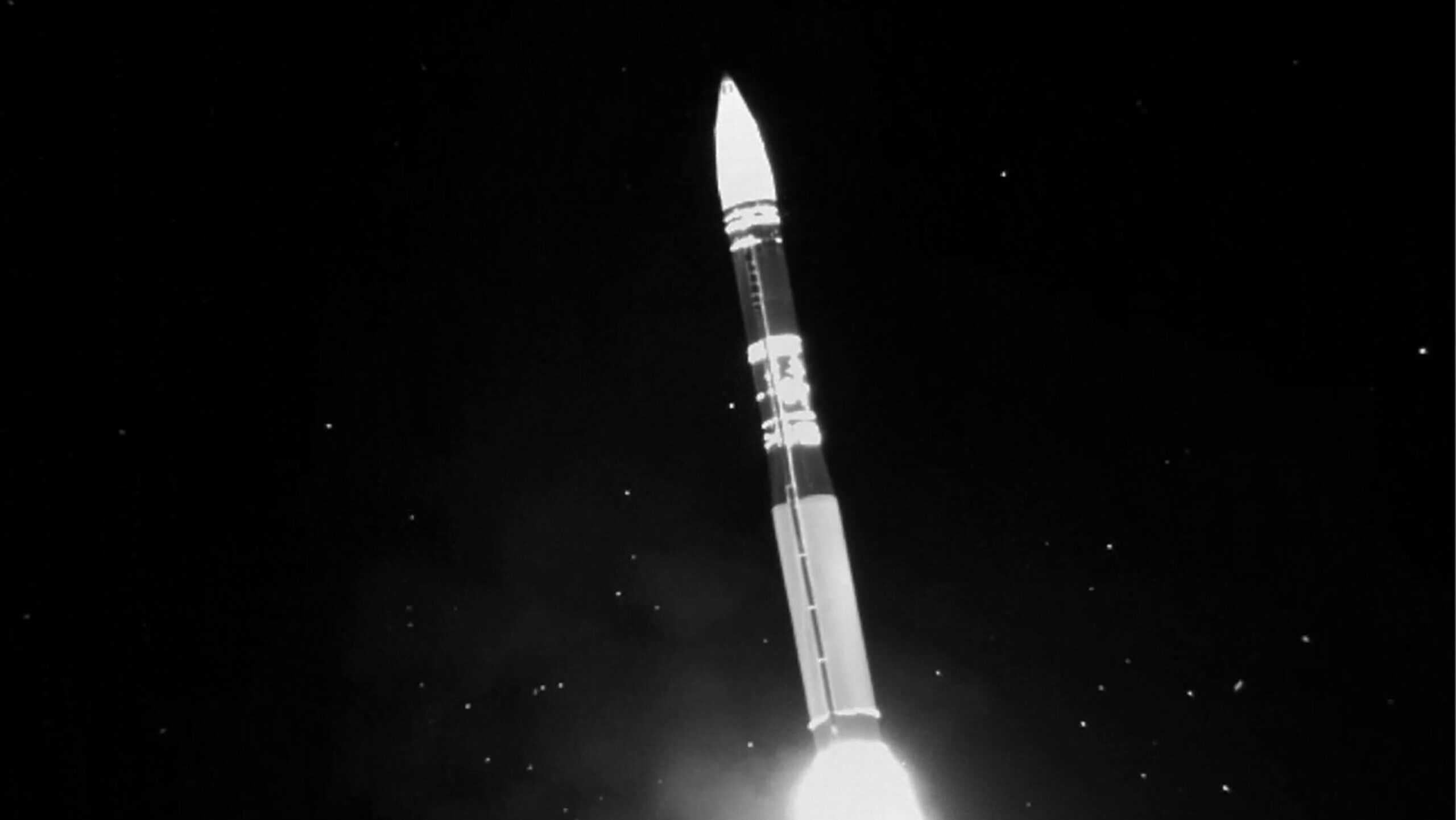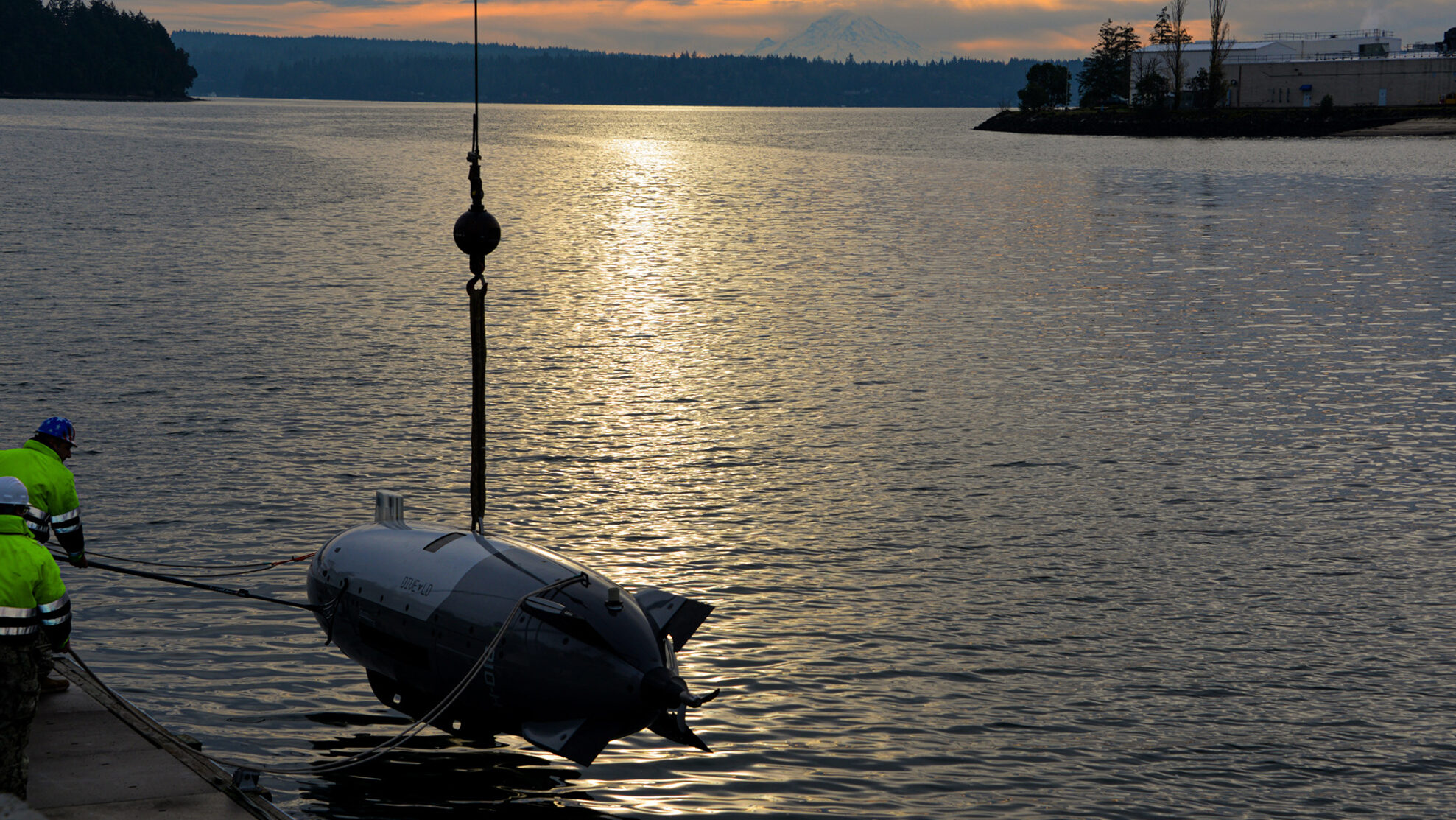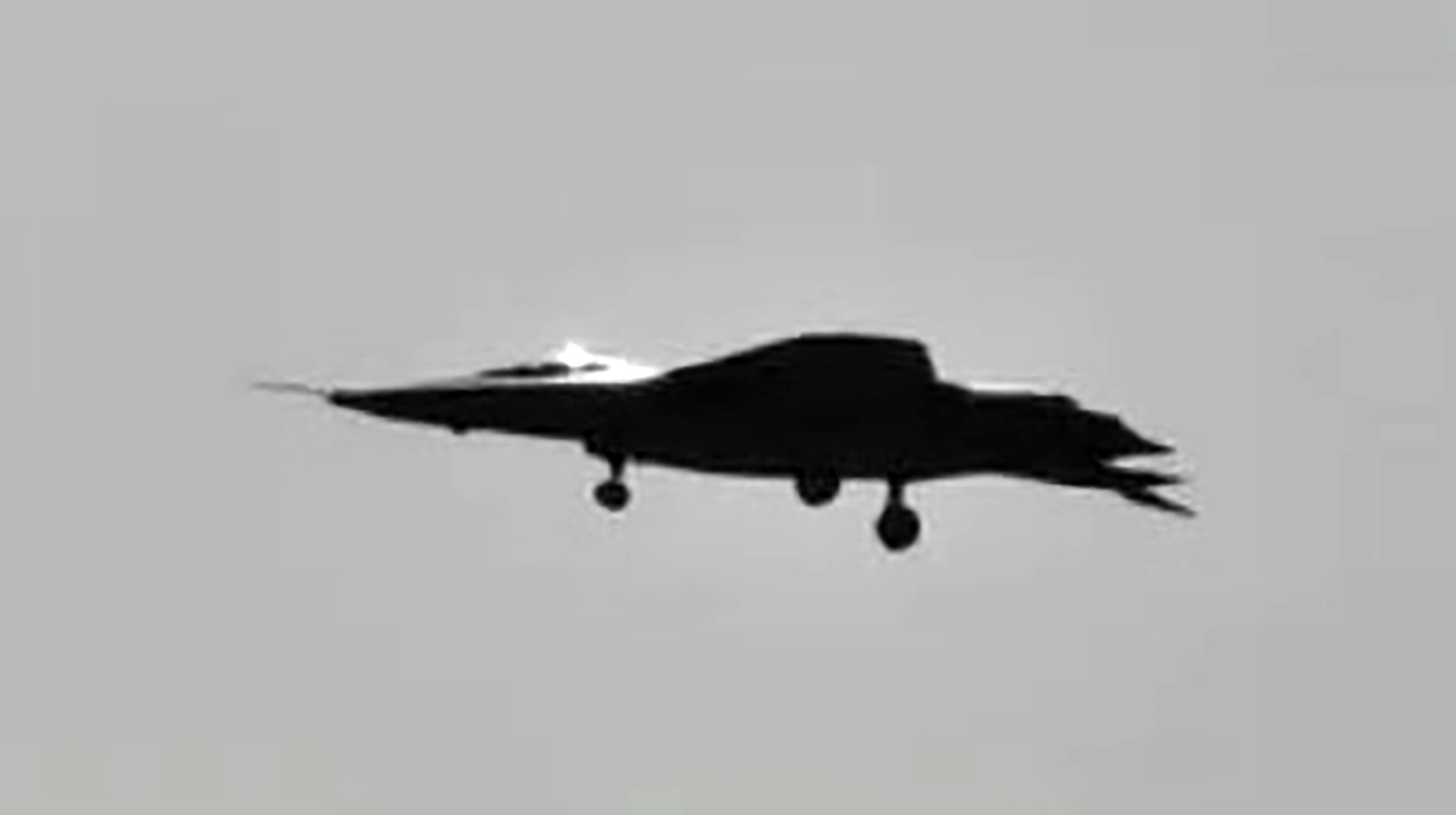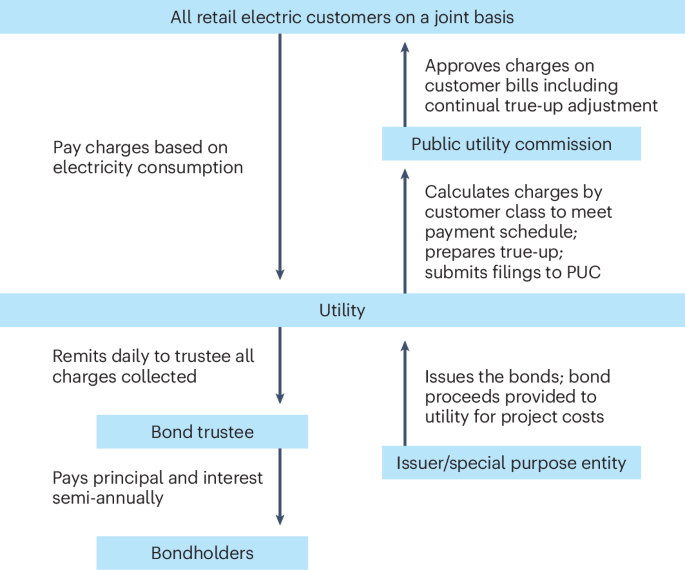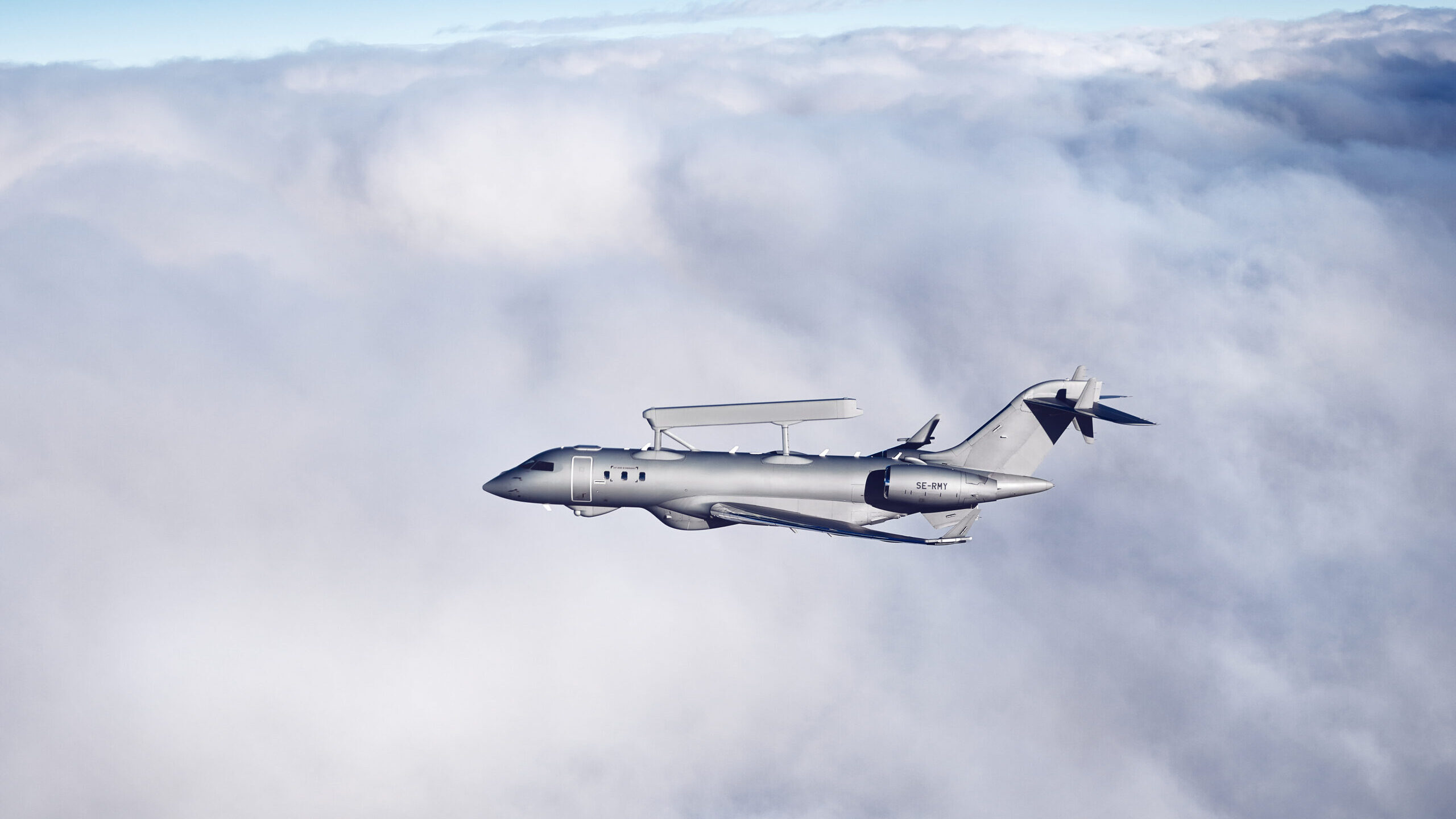What’s the future outlook for anti-submarine warfare in the Pacific?
[Sponsored] Distributed anti-submarine warfare leverages autonomy and advanced comms and networked sensors that already exist.
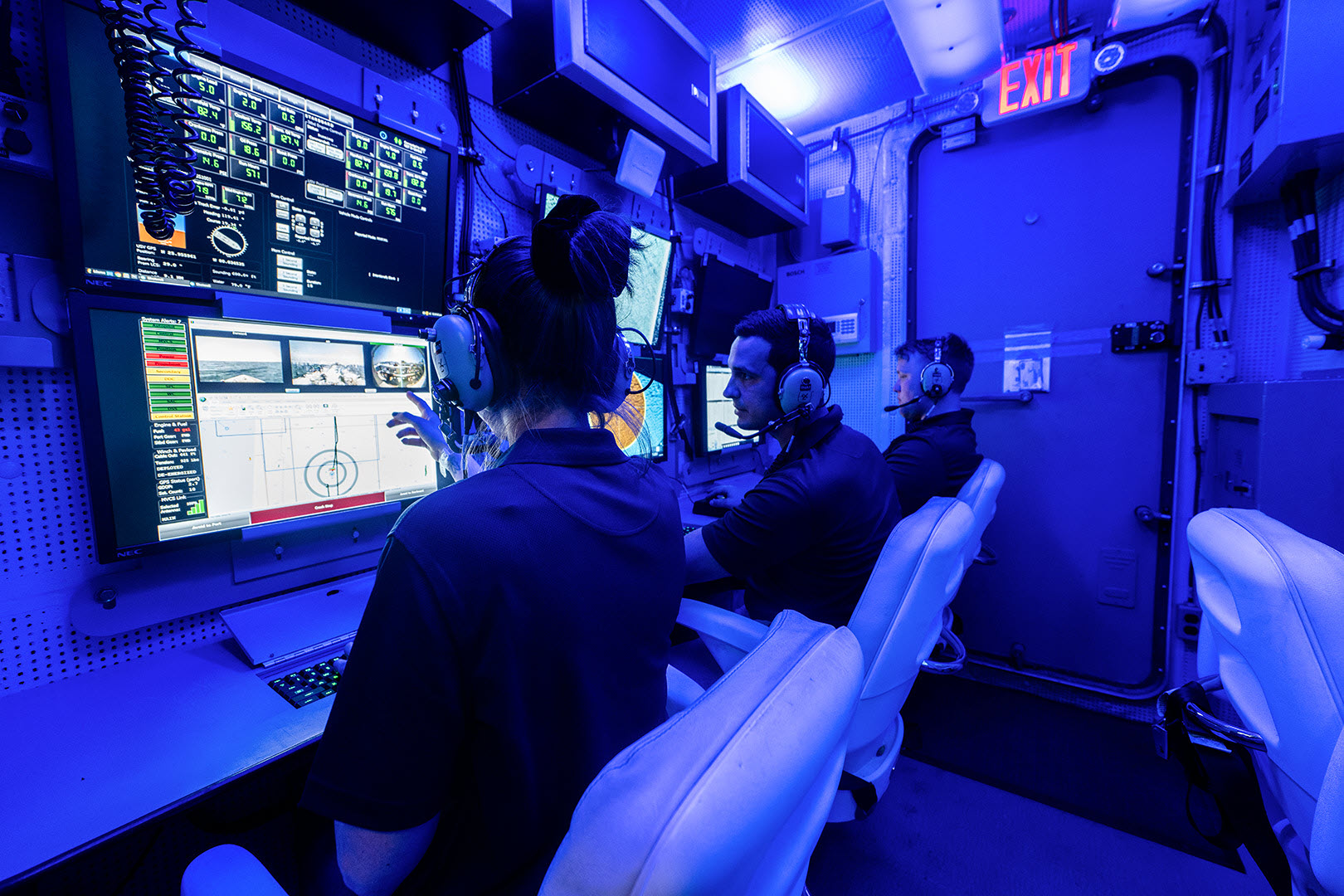

Advanced Acoustic Concepts, a Thales Defense & Security company, enables distributed C2 at the edge through a layered network of sensor, unmanned surface vessels, and modular C2 nodes. (Thales photo)
As the US Navy focuses on Indo-Pacific region operations, it’s become increasingly important to answer the question of how to effectively conduct anti-submarine warfare (ASW) operations across vast ocean areas where an opponent intends to deny entry.
The Navy’s Distributed Maritime Operations (DMO) construct addresses this challenge by envisioning ships, submarines, and air platforms operating independently – but in coordination – or in small groups rather than tightly integrated Carrier Battle Groups or Amphibious Readiness Groups. Within this context the Surface Navy can no longer rely on traditional methods to detect and track adversarial submarines or unmanned undersea vessels (UUVs).
“The DMO concept of operations envisions complicating an opponent’s situational awareness and engagement strategies by dispersing naval forces across a broad operating area. Think maybe hundreds of miles between individual units (i.e., ships, USV and UUVs), not 10’s of miles. From a surface force perspective, if you assume traditional, long range, airborne ASW assets may be challenged to operate in the ‘denied areas’, then it takes a different set of systems, tactics and procedures to detect and engage an opponent’s subsurface threats.” explained Navy RADM (ret) Anthony Lengerich, vice president for Naval Programs at Thales Defense and Security, Inc. (TDSI).

Anthony Lengerich, vice president for Naval Programs at Thales Defense and Security, Inc. (TDSI).
To support a more dispersed, resilient Navy force that is able to quickly share ASW information and coordinate responses across a wide battlespace, TDSI is exploring and advancing new “distributed ASW” concepts that leverage autonomous systems, currently available ASW sensors and advanced communications and networked sensors that already exist.
“Think of a 40-foot autonomous vessel deploying a variable depth sonar with a transmitter/receiver, operating 1,000 miles out and days or months ahead of our entry into a denied area,” said Lengerich, formerly the vice commander of Naval Sea Systems Command.
Thales envisions many multiples of these naval ISR platforms patrolling quietly with active and passive devices that can be activated as needed to collect ASW data and communicate back when needed. The capability exists today to execute that vision.
The strategic importance of distributed ASW
The distributed model leverages a network of smaller, more dispersed sensors and effectors installed on affordable, mass-produced autonomous naval platforms to create a resilient and adaptable ASW architecture.
“Distributed ASW is critical for operating in contested environments where opponents are investing heavily in advanced submarine capabilities,” said Lengerich. “By distributing ASW capabilities across multiple platforms, we can maintain persistent awareness and create redundancy, making it much harder for our opponents to disrupt our operations.”
This distributed approach aligns with the Navy’s DMO concept, and distributed ASW would enhance this vision by providing the undersea domain awareness and response capabilities necessary to prevail in a high-end conflict.
Primary focus areas in bringing the distributed ASW vision to life are advanced sensor integration, communications systems, command structures, and leveraging a mix of manned and unmanned platforms to create a comprehensive undersea picture.
“We’re looking at everything from unmanned underwater vehicles and autonomous surface vessels to airborne and space-based sensors, and the communications and command structures to tie it all together,” says Lengerich. “The goal is to fuse data from multiple domains to provide decision makers and the front-line naval warriors with the most complete, real-time understanding of the undersea battlespace.”
What makes this concept work is robust, flexible communications that leverage advanced radio frequency (RF) and satellite-based networking capabilities to pass data and coordinate responses across hundreds of miles of ocean.
The Thales approach leverages innovative and proven network communications kits called EDGE and state-of-the-art Electronically Steered Array (ESA), constellation agnostic, flat panel satellite terminals to provide links to both military and commercially available network communications. Positioning network gateway kits and terminals across manned and unmanned vessels supports the communications requirements of distributed ASW using unmanned surface vessels to collect and transmit ASW/ESM/SIGINT sensor data. This approach takes advantage of capability investments across the joint services as the technology was developed for Special Operations and Army network modernization programs.
TDSI’s EDGE automated gateway is an expeditionary mobile communications kit, fielded with U.S. Army and Special Operations forces, with cross-network management capabilities to facilitate automatic PACE (Primary, Alternate, Contingency, and Emergency) communications. EDGE provides network resiliency by cross-banding all military and some commercial radios, and also providing plug and play baseband for a variety of SATCOM terminals, including emerging commercial low-Earth orbit options.
“When you talk with Navy warriors, they say they’re going to operate remotely, expeditionary, and distributed,” said Lengerich. “The warriors on the front line today and the guys at sea get it. What’s happening is the fleets, through the type commanders, now are saying that sailors on the deck-plates are saying I need this, this, and this. I can imagine in the next year or two program lines will start to merge and money will start to move around to do things like this that are not big enough to be a program of record but provide a set of valuable capabilities.”
To help bridge this gap, TDSI is exploring innovative partnership models where it would invest in developing distributed ASW capabilities that the Navy could then “rent” or lease in a distributed-ASW-as-a-Service fashion rather than owning systems outright. This would allow the service to field these new capabilities more quickly without the lengthy and complex acquisition process.
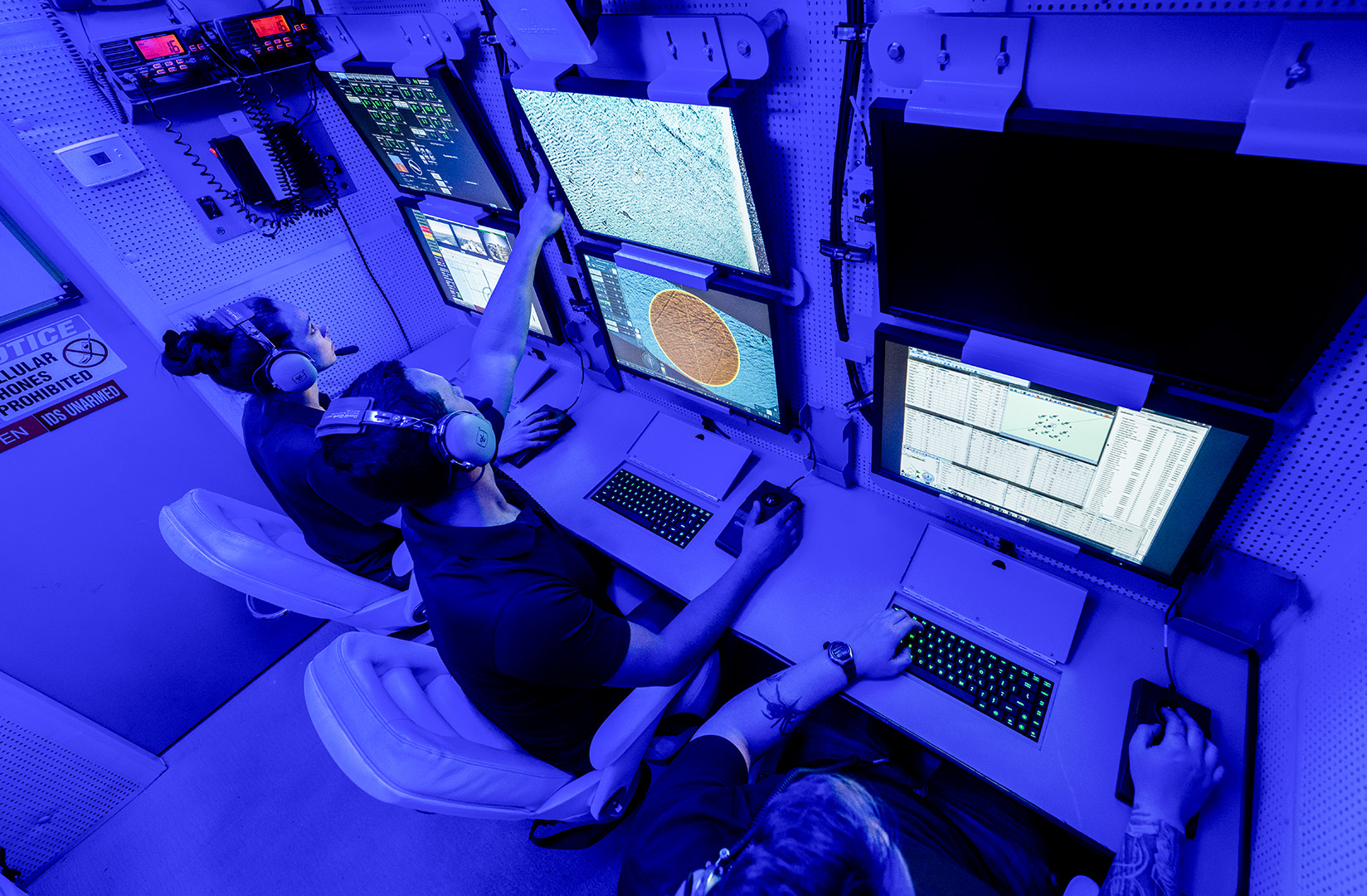
The Thales Defense and Security, Inc. (TDSI) expeditionary mobile operations center called e-MOC. (Thales photo)
Preparing for the Future Fight
Ultimately, the future of ASW in the Pacific is embarked on a fundamental shift in how operations are conducted. By embracing applicable and new-but-proven technologies, organizational approaches, and operational concepts, the service can maintain its undersea dominance even as the strategic landscape grows more complex.
“The Navy has a need to be able to communicate across long distances with USVs and partner nations for all kinds of missions; we’re not talking just ship to ship, we’re talking USVs to ships and command centers such as Maritime Operations Centers, and expeditionary – or highly mobile/relocatable – command centers which may or may not be ‘naval’ in their primary orientation,” said Lengerich. “These are real warfighting capabilities that are needed now, and TDSI has the communication systems and sensor systems in place to do that. We’re ready to work with anybody in the industry who can help us bring that to fruition.”
As the Navy charts its course toward ASW in the context of DMO, Thales Defense and Security, Inc., is committed to supporting that operational concept with technical expertise and experience integrating complex systems across air, land, sea, and space domains positions.
TDSI understands the operational challenges the Navy faces and the transformative potential of distributed ASW. Our goal is to provide the innovative solutions and domain expertise needed to help the fleet maintain undersea superiority in the years to come, and to prevail in the increasingly contested maritime environment of the 21st century.













